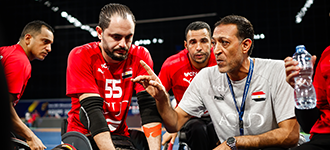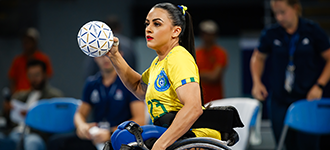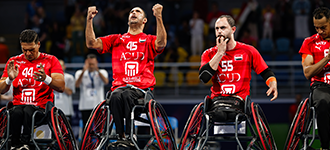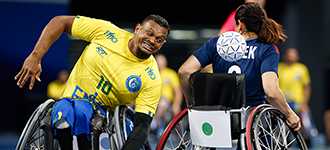A new dawn and big ambitions for wheelchair handball after the 3rd IHF Wheelchair Handball World Championship
27 Sep. 2024
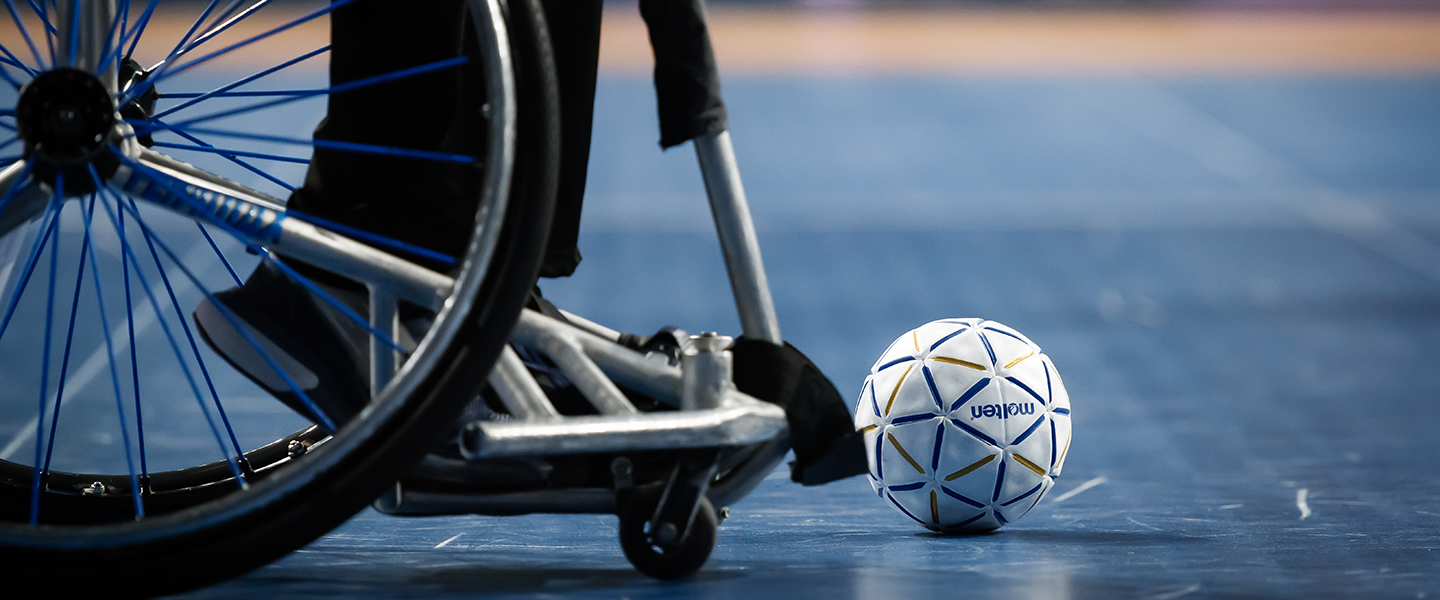
The 3rd IHF Wheelchair Handball World Championship marked yet another development in the history of the sport, only two years after the debut of the world wheelchair handball flagship competition in Egypt.
While at Egypt 2022, only six teams lined up at the start, this time around, eight teams from five continents were present at the throw off, therefore an increment of 33.3%, with yet another continent, North America, having a team present.
Therefore, for this edition of the competition, two more teams and one more continent were at the start, improving the level, the quality, but also creating more and more ambitions for wheelchair handball to become an even more popular sport.
Yet putting together such a successful competition is no easy task, with various challenges presented due to the nature of the discipline, starting from transport, to adapting the accommodation and the arenas to the players.
“We are very happy that only Egypt was able to organise this World Championship, two times already. It is very difficult to find a host which has everything: good arenas, a hotel adapted for the requirements of persons in wheelchairs, for a training arena. The IHF asked all the National Federations if they can organise this edition of the IHF Wheelchair Handball World Championship, but only Egypt were able to do this,” said František Táborský, the Chairman of the IHF Wheelchair Handball Working Group.
However, everything went smooth at Egypt 2024, where the hosts, runners-up two years ago, were crowned champions. But none of the eight teams finished the competition unbeaten, marking a new era in wheelchair handball, where any team can win against their opponents, with the matches even more balanced than before.
In fact, eight of the 24 matches played at the 3rd IHF Wheelchair Handball World Championship were decided in the third set, therefore 33.3% of the matches needed a decider to deliver a winner, including two of the quarter-finals and one semi-final.
“The level of this edition of the Wheelchair Handball World Championship, as well as the performances of the teams were much higher. We had new teams, which made their debuts, like France or the United States of America, all of these new teams brought a positive atmosphere, we had a lot of balanced matches and the level was exceptional,” adds Táborský.
But with the 3rd IHF Wheelchair Handball World Championship ending on 21 September, the outlook is for the future of the sport.
“Competitions are needed, because they bring the focus on the sport, for players, staff, teams alike, but also for the journalists and for the fans, making the sport more and more popular,” says Táborský.
The next steps have a big objective – making wheelchair handball a Paralympic sport, entering the Paralympics programme, something that was close to happen years ago. According to the official criteria, a sports needs 24 National Federations, three Continental Federations and at least two World Championships played over a six-year period.
The Covid-19 pandemic halted all activities in wheelchair handball between 2020 and 2022, taking the sport some steps back. However, the IHF Wheelchair Handball World Championship was organised in 2022 and 2024 in Egypt, while the World and European Wheelchair Handball Championship also had an edition in 2022.
But now, all the conditions are fulfilled, with the outlook being clear for wheelchair handball to become a Paralympic sport for the Brisbane 2032 Paralympic Games.
“We have a four-year programme for wheelchair handball, therefore this is already checked. We have all the necessary conditions approved, so our application looks strong. But we also need the Continental Federations now to become more and more active, because the IHF have done their part. Each Continental Federation must have their own working group, because it is not a job for one person to develop wheelchair handball,” adds Táborský.
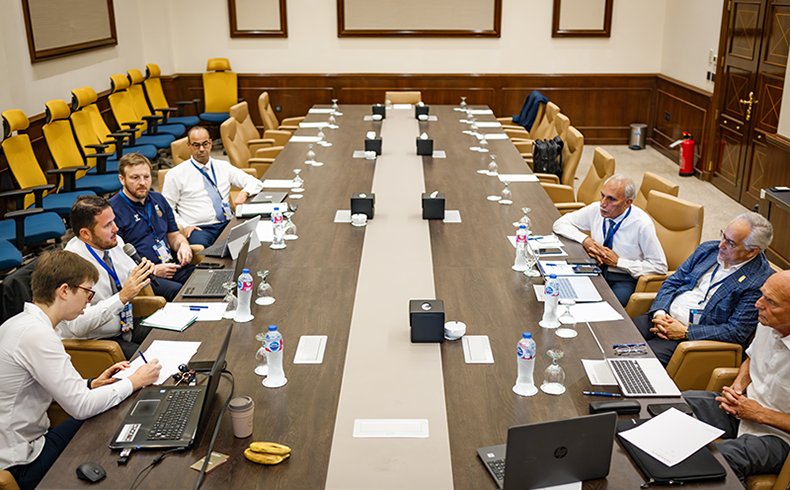
Steps have been made on all continents, with the number of teams in wheelchair handball growing, as well as with friendly and official competitions, but the level of growth was not equal.
However, despite Europe being the continent with the largest number of wheelchair handball teams, at the 3rd IHF Wheelchair Handball World Championship, the podium was entirely formed by teams from outside Europe, with an African side winning the gold medal, a North American side clinching the silver and a South American team securing the last spot on the podium, and the bronze medal. Then, all continents were represented between the top five nations, with Europe coming fourth and Asia fifth, with France and Japan sealing these spots.
That underlines the potential the sport has and the growth which can be achieved, with the focus clearly on Brisbane 2032, where the Four-a-Side wheelchair handball discipline can become a Paralympic sport.
“If there is handball in the Paralympics, it will be four-a-side. It is the more dynamic, more attractive sport. The Paralympic International Committee is trying to bring in more sports, but also we could see the competitors in team sports decreasing. In wheelchair basketball, at Paris 2024, there were eight teams, a reduced number for 12, both in men’s and women’s. The next year should see the sport even more active, with even more teams taking part,” concludes Táborský.



